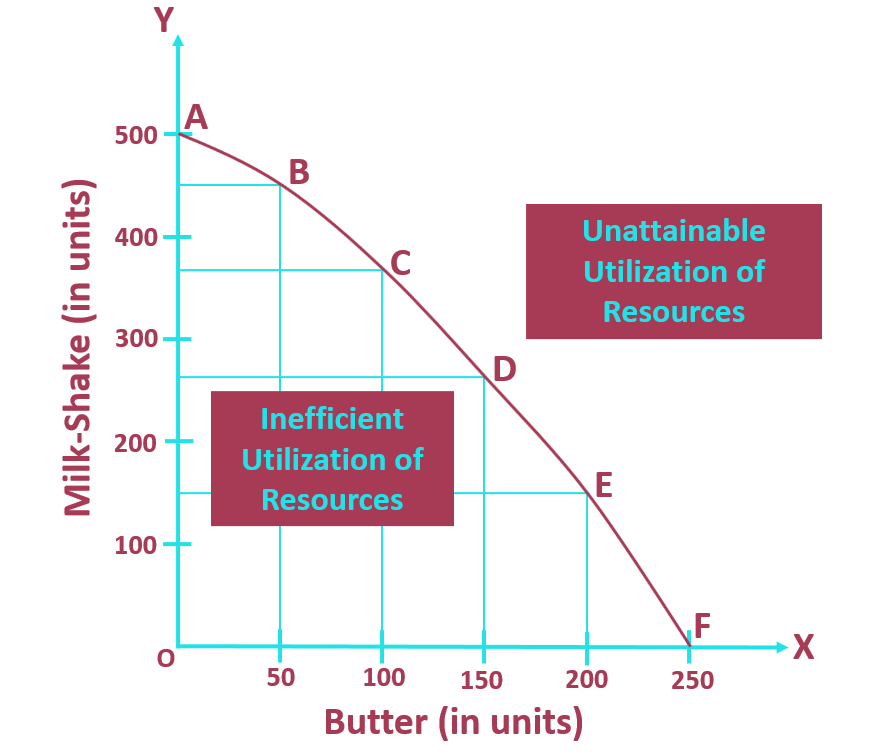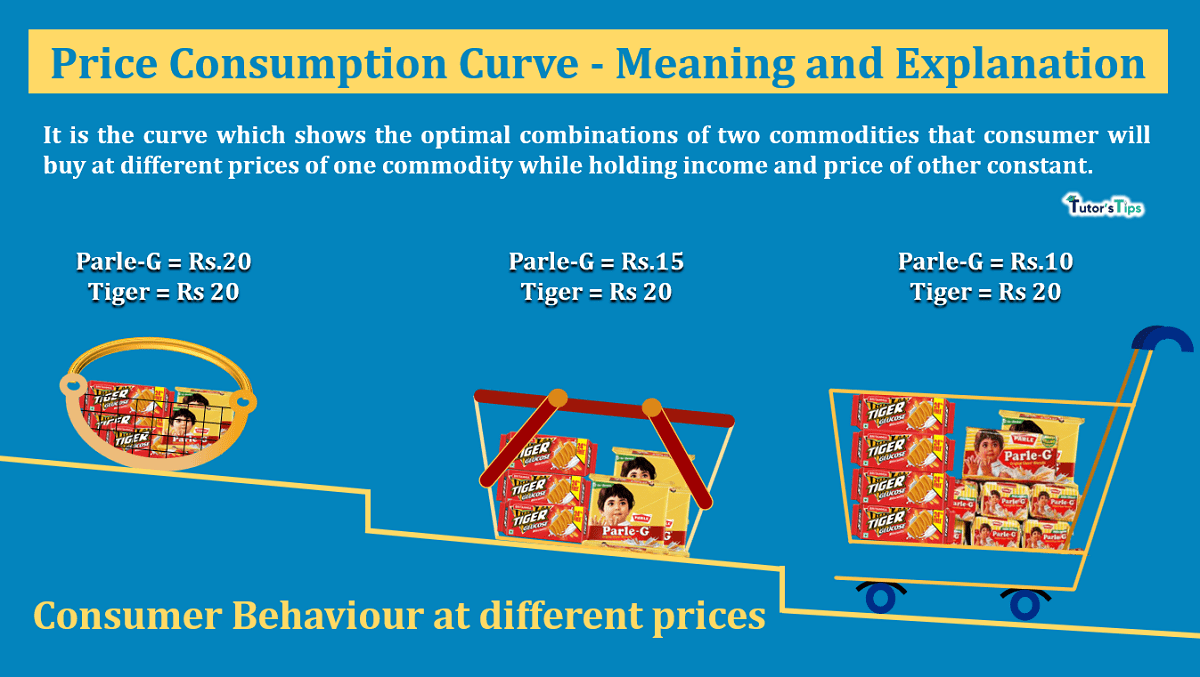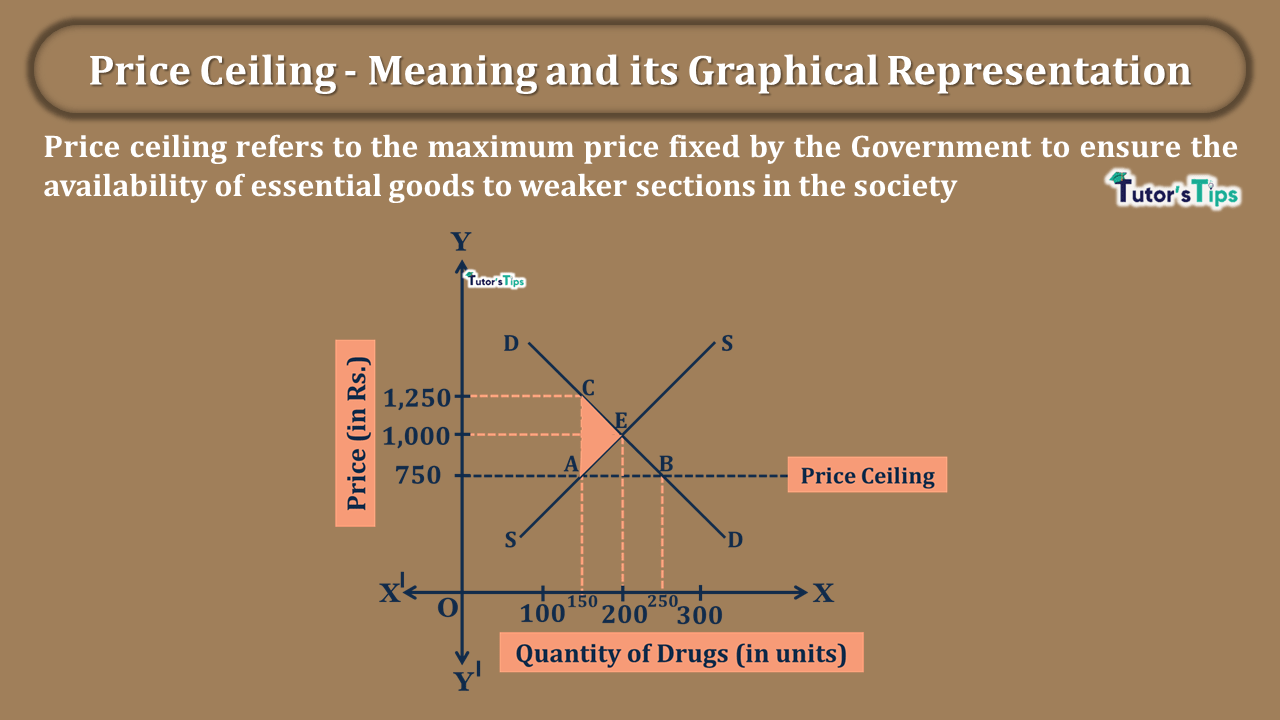Production Possibility curve refers to the curve showing alternative possible combinations of two goods which can be produced with given resources.
Meaning of Production Possibility Curve:
It is a curve showing different production possibilities of two goods with the given resources and technique of production. Also, this curve shows the limit of what it is possible to produce with available resources. Therefore, It is also known as Production Possibility Boundary or Production Possibility Frontier.
This curve is also called Transformation Line or Transformation Curve because it indicates that if more of a commodity is to be produced then factors of production will have to be withdrawn from the production of another commodity. In other words, one commodity is transformed into another.
In the words of Samuelson,
“Production Possibility Curve is that curve which represents the maximum amount of a pair of goods or services that can be produced with an economy’s given resources and technique assuming that all resources are fully employed.”
Assumptions :
- The number of factors of production is given and assumed as fixed. They can be transferred from one use to another to some extent.
- The given resources are utilized fully and efficiently.
- There is neither any improvement nor innovation in technology.
- It is assumed there are only two goods or two sets of goods are produced in the economy. For example, apples and wheat or capital goods and consumer goods.
Explanation with Example :
Suppose, a producer decides to produce only two goods namely, milkshake and butter with the available resource “cow’s milk” and given technology. If all the resources are used for making milkshake alone, then 500 bottles of milkshake can be produced. On the other hand, if all the resources are used for the production of butter only, then 250 units of butter can be produced. Moreover, If the producer produces both the goods, then within these limits, various combinations can be produced.
Production Possibility Schedule :
| Production Possibilities/ Goods | Milk-Shake (in units) | Butter (in units) |
| A | 500 | 0 |
| B | 450 | 50 |
| C | 360 | 100 |
| D | 270 | 150 |
| E | 150 | 200 |
| F | 0 | 250 |
The above schedule shows that if production is carried out under ‘A’ combination, then 500 units of Milk-shake alone will be produced without any production off butter. On the other hand, if production is obtained under ‘F’ combination, then 250 units of butter will be produced without any production of milk-shake. Besides these limits, there are many alternatives possibilities of production of milkshake and butter. For instance, under ‘B’ combination, it is 450 units of milkshake and 50units of butter; under ‘C’ combination, it is 360 units of milkshake and 100 units of butter; under ‘D’ combination, it is 270 units of milkshake and 150 units of butter and under ‘E’ combination, it is 150 units of milkshake and 200 units of butter.
Graphical-Representation:

In fig, the quantity of butter is shown on X-axis and milkshake on Y-axis. Here, The first production possibility is 500 units of milkshake and no butter. In fig, This is marked as point A. Similarly, points B, C, D and E show different combinations of butter and milkshake. Lastly, Point F shows the production possibility of 250 units of butter and no milkshake. By combining these points, we get AF curve. This curve is known as the Production Possibility or Transformation curve. Furthermore, The area beyond this curve represents unattainable combinations and area inside the curve shows the inefficient utilization of resources.
Properties of PPC:
Production Possibility Curve has the following basic properties :
- Production Possibility curve slopes Downward: PPC curve slopes downward from left to right. Because, at the situation of full utilization of given resources, the production of both goods cannot be increased. It implies, More of commodity-1 can be produced only with less of commodity-2.
- PPC is concave to the point of origin: It is because, to produce every additional unit of commodity-1, more and more units of commodity-2 will have to be sacrificed. Consequently, The opportunity cost of producing each additional unit of commodity-1 tends to increase the loss of production of commodity-2. In other words, production will follow the law of increasing opportunity costs.
Thanks Please share with your friends
Advertisement-X
Comment if you have any question.
References:
Introductory Microeconomics – Class 11 – CBSE (2020-21)







3 Comments